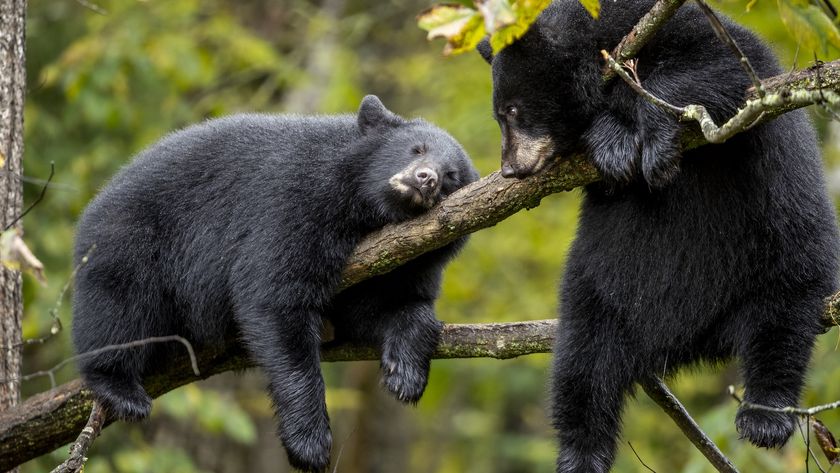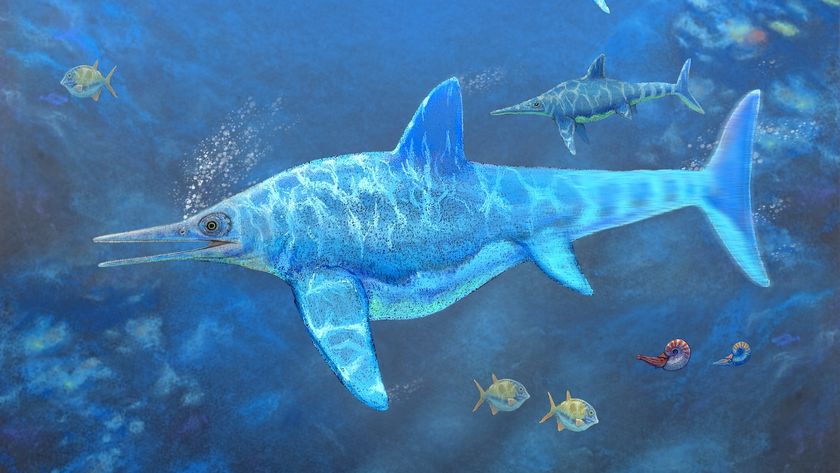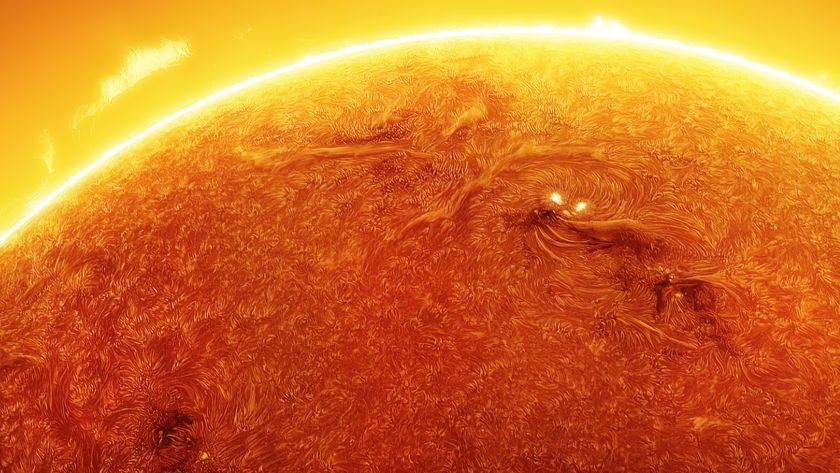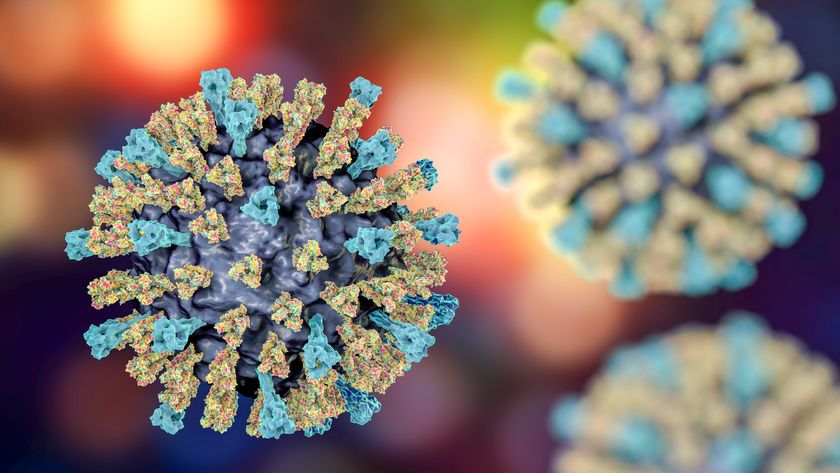Giant tortoise thought extinct for a century discovered on Galapagos island
Her nickname is "Fernanda."
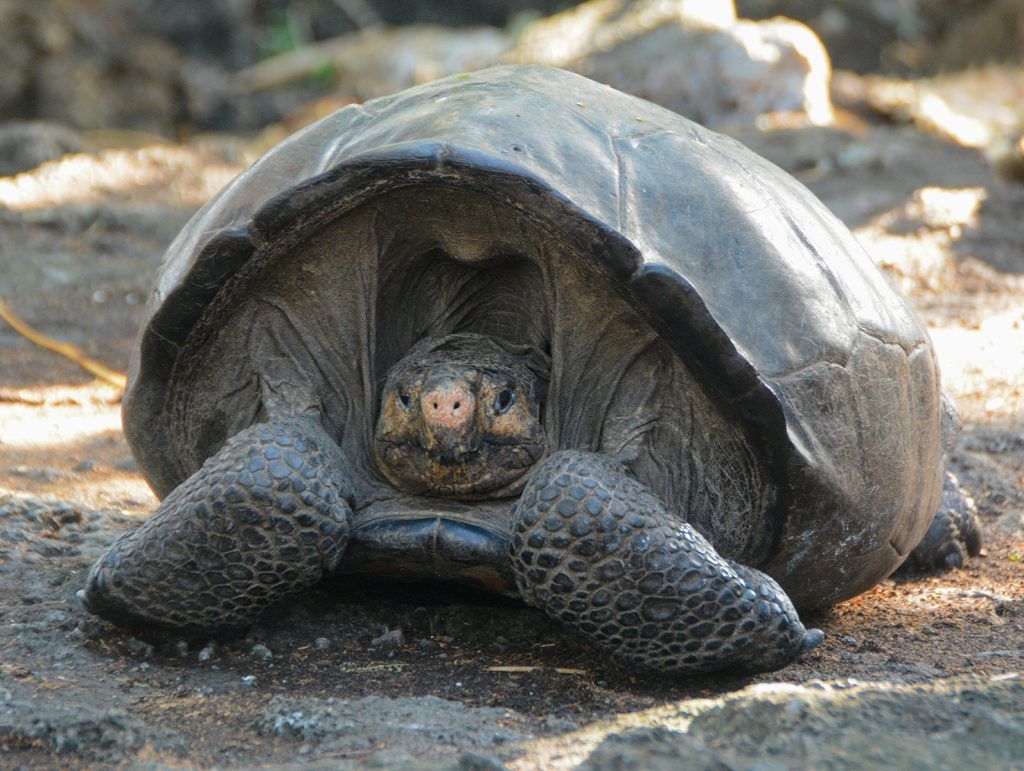
A giant tortoise in the Galápagos Islands that was thought to have gone extinct over a century ago just came out of hiding.
Researchers discovered the female tortoise on the Galápagos' Fernandina Island during a joint expedition carried out by the Galápagos National Park Directorate and the Galápagos Conservancy in 2019, according to a statement. They nicknamed her "Fernanda."
At the time, the team "was confident" that the lone tortoise was the "lost" Fernandina Giant Tortoise (Chelonoidis phantasticus), a species native to the island that was thought extinct for 112 years due to eruptions of the Fernandina Volcano, according to the statement. But to confirm, they sent blood samples to geneticists at Yale University.
Related: In images: Wacky animals that lived on Mauritius
The team at Yale compared this tortoise's genes to those of the only other tortoise that scientists have found on Fernandina Island, a male Chelonoidis phantasticus discovered in 1906. The Yale team confirmed that the two were closely related and that Fernanda was indeed the same species.
"One of the greatest mysteries in [the] Galápagos has been the Fernandina Island Giant Tortoise. Rediscovering this lost species may have occurred just in the nick of time to save it," Dr. James Gibbs, vice president of Science and Conservation at the Galápagos Conservancy and tortoise expert at the State University of New York, said in the statement. "We now urgently need to complete the search of the island to find other tortoises."
The researchers are hoping to avoid what happened to the famous Lonesome George, a tortoise that was the last of another species called the Pinta Island tortoise (Chelonoidis abingdoni). He died in June 2012, at around 100 years old, bringing the end of his species despite breeding efforts, Live Science previously reported.
Sign up for the Live Science daily newsletter now
Get the world’s most fascinating discoveries delivered straight to your inbox.
"We desperately want to avoid the fate of Lonesome George," Danny Rueda Córdova, the director of the Galápagos National Park Directorate, said in the statement. "My team from the Park and Galápagos Conservancy are planning a series of major expeditions to return to Fernandina Island to search for additional tortoises beginning this September."
Scientists discovered traces of at least two other tortoises that may be from Fernanda's species on the Fernandina Volcano during the expedition.
If they find a male giant tortoise of the same species, the team will attempt to unite him with Fernanda at the Galápagos National Park's Giant Tortoise Breeding Center in Santa Cruz and encourage their breeding; if successful, conservationists would raise the young in captivity and then bring them back to Fernandina.
The number of giant tortoises on the Galápagos Islands significantly declined in the 19th century due to exploitation by whalers and buccaneers, according to a statement.
Now, the population of giant tortoises in the Galápagos is thought to only be between 200,000 to 300,000 individuals, about 10% to 15% of what they were historically.
Originally published on Live Science.

Yasemin is a staff writer at Live Science, covering health, neuroscience and biology. Her work has appeared in Scientific American, Science and the San Jose Mercury News. She has a bachelor's degree in biomedical engineering from the University of Connecticut and a graduate certificate in science communication from the University of California, Santa Cruz.
